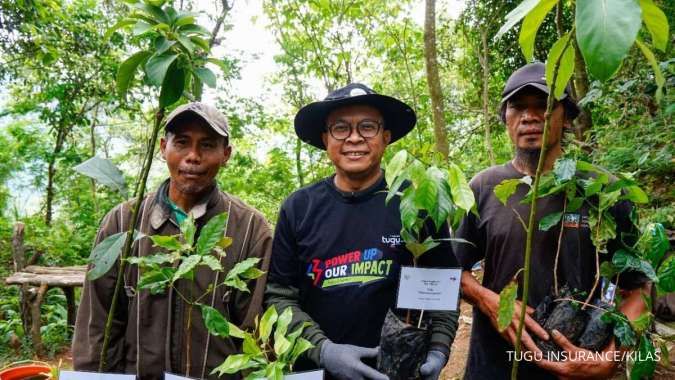JAKARTA. The rating outlook of Indonesia’s banking system remains stable, reflecting an expectation that the country’s banks will withstand a challenging operating environment owing to their strong buffers, says a global rating agency, Moody’s Investors Service. “Non-performing loans will likely rise, given slowing economic growth,” said Srikanth Vadlamani, a Moody’s vice president and senior credit officer. Nonetheless, the banks are well-positioned to withstand any deterioration in asset quality and will maintain strong capital levels. “In particular, Indonesian banks have strong buffers in terms of high profitability and capital. Moreover, both corporate and household balance sheets remain healthy,” adds Vadlamani.
Moody’s conclusions were contained in its just-released “Banking System Outlook: Indonesia”, which expresses Moody’s view of how bank creditworthiness will evolve in this system over the next 12 to 18 months. The report looks at the banking system in the five categories of operating environment, asset quality and capital, funding and liquidity, profitability and efficiency and system support. While Moody’s assesses that asset quality is deteriorating, the other four categories are assessed as stable. Indonesia’s Baa3 banking system outlook as a moderate credit risk has been stable since January 2010. Moody’s expects Indonesia’s gross domestic product (GDP) growth to be at 5 percent this year, compared with an average of 6 percent between 2010 and 2014. The report points out that regulatory and monetary policies enforced in 2013 and 2014 are affecting growth rates with a lag, weighing on the growth outlook for 2015. These policies include limiting loan-to-value ratios for mortgage and auto financing and a cumulative 175 basis points (bps) increase in the policy rate by Bank of Indonesia. While Bank of Indonesia eased its policy rate by 25 bps to 7.5 percent in February 2015, further easing of monetary policy may be limited, given that Indonesia’s current account deficit and rupiah remain under pressure. According to the report, the key impact of slowing economic growth would be in the form of a deteriorating asset quality.
Mid-sized corporate and small- to medium-sized enterprise segments — where investment-related loans had grown rapidly in the past few years — should see the largest deterioration in asset quality. At the same time, Indonesian banks have strong buffers in place to withstand significant asset quality stress. The banks are very well capitalized, while their high profitability means that they can absorb a much higher level of credit costs. In addition, the banks’ liquidity profiles should remain stable over the next 12 to 18 months, given that loan growth is expected to slow. Moody’s adds that it expects the Indonesian government to continue to provide strong support to the banks. Moody’s rates 10 of the largest banks in Indonesia by assets. These banks accounted for 65 percent of system assets at the end of September 2014. All banks except Bank ICBC Indonesia are rated Baa3 for local and foreign currency deposits and all the ratings carry stable outlooks. Bank ICBC Indonesia is rated Baa2 for local currency deposits and Baa3 for foreign currency deposits. Both have stable outlooks.


